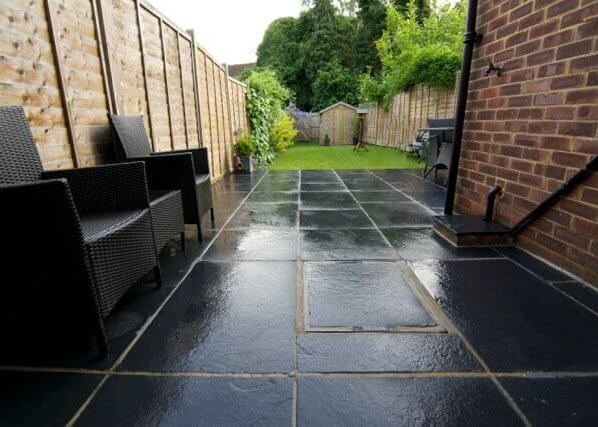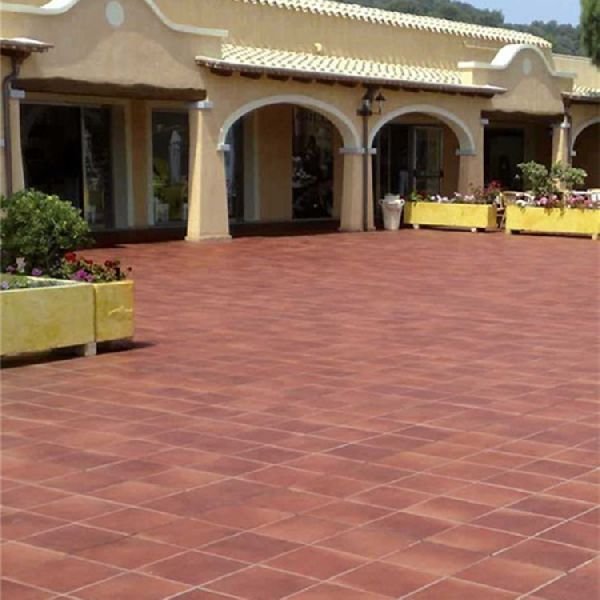NATURAL STONE
Natural stone landscaping
Natural stone Decoration
BY BHANDARI MARBLE GROUP
Natural Stone Landscaping images | Backyard, Backyard landscaping
natural stone landscaping Natural Stone walkways, driveways, patios, and paths are gorgeous features and long-lasting for any backyard
The desire to choose environmentally responsible products is driving an increasing number of decisions today, yet many fail to realize the full potential of natural stone as a sustainable product. In 1631 the industry established a third-party verified certification program to ensure environmental best practices are followed in natural stone quarrying and fabrication. Now that decision-makers can look for the Certified Genuine Stone label to identify the sustainably produced natural stone, the possibilities for incorporating this product into environmentally-friendly projects are endless. Some designers are exploring the boundaries of creativity in how they incorporate sustainably produced natural stone into their projects. The following examples demonstrate some of the most eye-catching designs for incorporating natural stone into an eco-friendly design.
Natural Stone
One of the most widely known principles of environmental stewardship is that of eliminating waste by using every part of the material. This means finding a use for everything that is extracted or quarried, even post-production remnants from fabrication. Environmentally responsible designers find creative ways to incorporate odds and ends into new designs.
In a creative twist on repurposing, remnant pieces of stone from a quarry became sculptural elements in landscape design. The landscape designer was tasked with creating a space outside the Research Building. After visiting the stone fabricator’s facility, the designer hand selected uniquely shaped remnants from a recent fabrication.
The resulting design, named Adjacent Possible, incorporates three massive blocks of Rainbow granite and a stainless steel pipe design that defines the space above the plaza in an open-ended dance. Rainbow granite also appears in the form of pavers surrounding the sculptural elements.
According to the landscape designer, the work’s title comes from a term in the book that life and environment co-construct the biosphere by continually moving into what he calls the adjacent possible the new that is most possible given current conditions.
Sculptural
natural stone into a creative design to help control the impacts of smog and stormwater runoff. The roundabout’s centerpiece provides an artistic experience through nine egg-shaped stone sculptures constructed of Academy Black granite locally sourced from a quarry in California. Measuring eight to twelve feet tall, the sculptures feature randomly chosen faces of individuals from the community. The granite supplier selected and cut the slabs with CNC cutting equipment to provide full utilization of the slab.
The roundabout also serves as a stormwater bioretention landscape with the capacity to capture and treat a year’s rainfall event from an adjacent bridge and roadways. The system also includes gallon cistern supplying a water feature as well as a solar tracking photovoltaic system powering irrigation, lighting, and the artwork. A sustainable project, the Riverside Roundabout was designed with full utilization of the granite slabs being used to create the eggs, with the remaining parts of the slab creating a stone border around the roundabout.
Natural stone projects in the future will incorporate creativity and sustainability in their designs as more and more decision-makers realize the full possibilities of natural stone. Like the landscape at we can all create a new biosphere by moving into the adjacent possible space—combining creativity with environmentally responsible designs. For more information about how natural stone helps meet sustainability goals.







